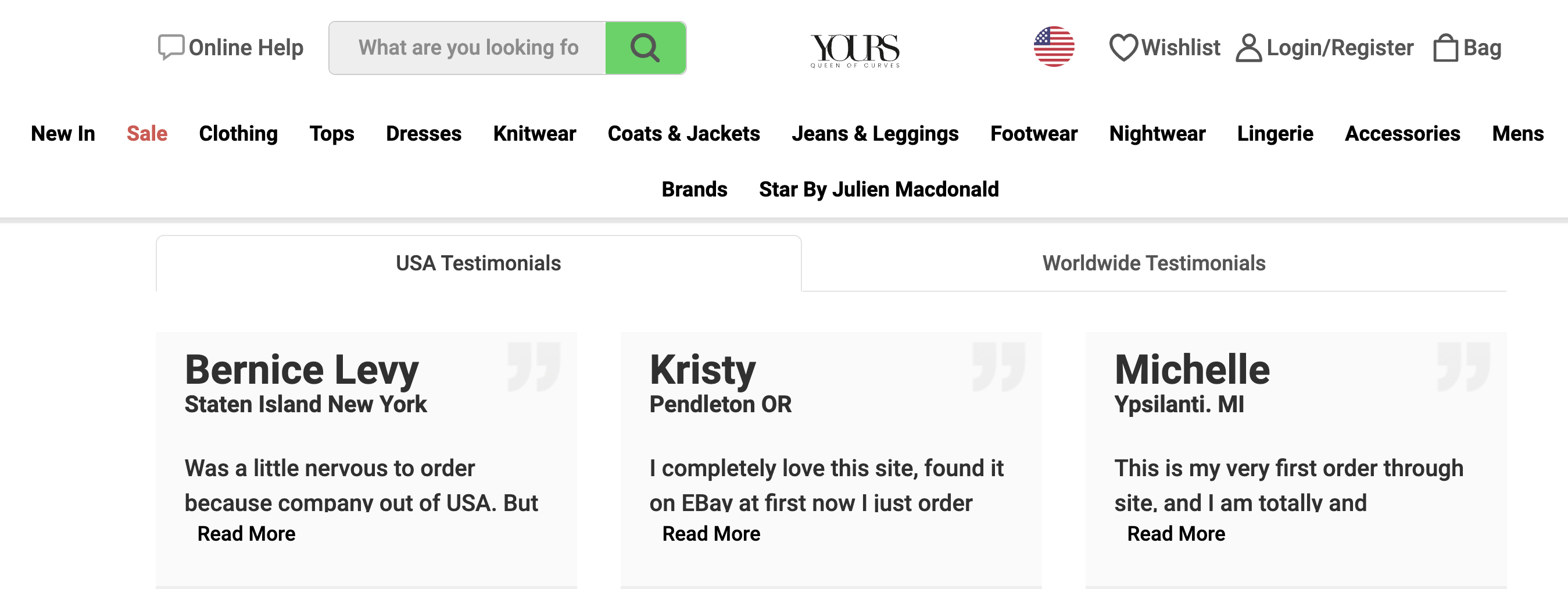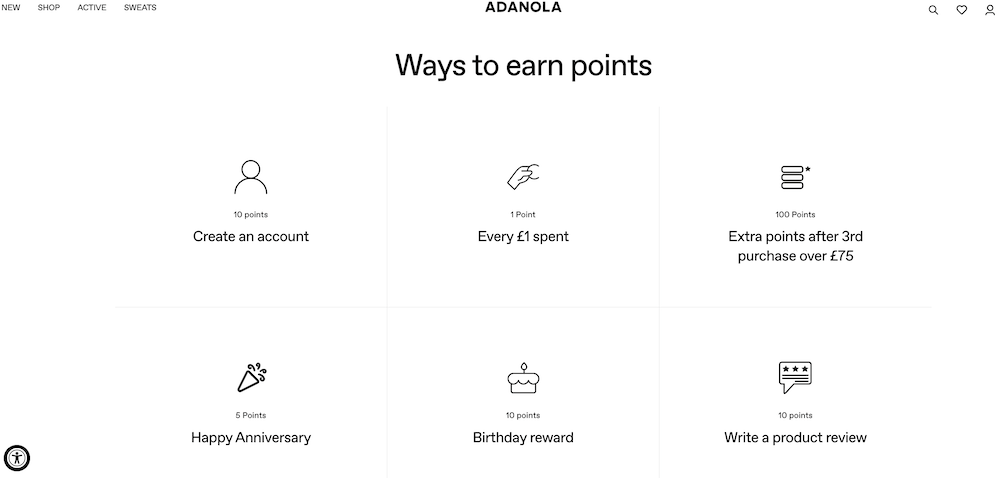
eCommerce
How to Calculate Startup Costs for a Clothing Store?
When you're launching a clothing store, it's super important to have a handle on all your expenses. Think of "startup...
How to Create Effective Customer Service For Your Retail Clothing Store?
Business Kick-Starter Guides

Exceptional customer service is the cornerstone of success in the clothing industry. A well-designed customer support approach enhances the shopping experience and fosters customer loyalty, two crucial components for sustained success.
In retail, customer service goes beyond merely answering questions; it involves understanding customer needs, providing assistance, and creating a welcoming atmosphere.
A recent survey found that 94 percent of customers reported that a positive customer service experience made them more likely to make repeat purchases, and 82 percent would recommend a company solely for its excellent service.
This highlights the importance of prioritizing customer service in retail: no business can afford to overlook it.
By focusing on customer service, clothing retailers can stand out in a competitive market, build meaningful connections, and drive sales.
Let’s explore strategies for creating an exceptional support system tailored to your retail clothing business.
Customer service is the help and support given to customers before, during, and after their purchase. It includes addressing customer inquiries, solving problems, and ensuring a pleasant shopping experience.
Effective customer service prioritizes understanding customer requirements and fostering connections to make customers feel valued and recognized.
Customer service is essential for clothing store owners due to several reasons.
Providing excellent customer service in the clothing retail industry is important for leaving a lasting impression on shoppers.
By paying attention to every step of the customer journey – from the moment they enter the store to the time after their purchase – you can create a friendly atmosphere that encourages your customers to return for more.
Here are some ways to enhance the shopping experience at your clothing store.
To provide outstanding service, all of your employees should go through thorough training.
This involves familiarizing them with product knowledge and store policies and teaching them essential customer service skills.
Well-trained staff members can offer support, confidently respond to inquiries, and contribute to a pleasant shopping experience.
When employees feel prepared with the information and resources they need, they can better cater to customer preferences and create a friendly environment in the store.
When customers enter a store, they should feel comfortable and valued.
Your staff can achieve this by keeping the space clean and organized and incorporating thoughtful touches like calming music and appealing window displays.
When shoppers sense a welcoming atmosphere, they are more likely to explore the store, engage with staff, and return for future visits.
Leaving a lasting impression can significantly increase customer contentment and loyalty.
Providing employees with thorough knowledge about the clothing collections plays a key role in delivering excellent customer service. This involves being well-versed in the fabrics, care guidelines, and sizing specifics.
Well-informed teams can guide shoppers toward options that align with their preferences, resulting in greater satisfaction and increased sales.
Engage with your customers through social media platforms by addressing their queries and showcasing your latest arrivals. This will create a sense of community and keep your audience in the loop.
For instance, you could organize a live Q&A session on Instagram to provide styling advice or share insights on upcoming trends.
Moreover, sharing content, such as pictures of customers rocking your clothing, fosters engagement and cultivates a dedicated following for your brand.
Check out: How to create engagement interactive posts?
A solid online presence plays a significant role in retail clothing stores. It helps draw new customers and supports and improves the in-store experience.
Here are key strategies to uphold an influential online presence:

To achieve customer delight, you must teach your employees to handle complaints empathetically and professionally. The way staff respond to issues can significantly impact the outcome.
By approaching complaints with an attitude and a genuine intention to solve the problem, employees can turn a negative experience into a positive one. Swiftly addressing concerns not only shows that a store values its customers but also encourages their loyalty.
When customers witness their concerns being treated seriously and resolved efficiently, they are more inclined to return and recommend your clothing store to others.
Keeping popular items readily available is crucial for your clothing store’s success.
Shoppers expect to find what they want during their visits, and a well-stocked store improves their overall shopping experience. By closely tracking your inventory levels, you can quickly determine which products are in demand and make timely restocking decisions.
For example, if you notice that a particular brand of jeans consistently sells out, consider increasing the quantity of your order to meet the demand. This approach not only avoids customer issues but also encourages trust.
When customers consistently find what they’re looking for, they’re more inclined to return and recommend your store to others, leading to repeat business and positive word-of-mouth referrals.
Introducing a loyalty program can significantly improve customer engagement at your clothing store
Here are some strategies to consider.

Implementing these tactics can really enhance your loyalty program’s customer connections, motivating them to come back and creating a feeling of belonging within your brand community.
H&M’s loyalty program, H&M Club, is a great example of a clothing store strategy. Members earn points for each purchase that can be used to get discounts on future purchases.
They also get perks like access to sales events and birthday treats. These rewards help H&M build customer loyalty, boost shopping frequency, and make shoppers feel valued and part of a community.

Following up with customers after they purchase improves their shopping experience. This small act shows you care and strengthens your commitment to their experience.
Here are some ways to do it:
To run a clothing store successfully, you need to prioritize customer service. Putting the experience first helps you build trust and contentment among shoppers, making them feel valued and heard.
Strategies like training your staff well, creating a friendly atmosphere, and communicating clearly with customers can go a long way in ensuring they have the shopping experience they expected.
On top of that, connecting with customers on media and offering loyalty programs can strengthen relationships and encourage them to come back for more.
By actively listening to feedback and adjusting to their preferences retailers can not meet but exceed expectations.
This emphasis on service will not only drive sales but also position your store as a trusted brand in a competitive market.
What is dropshipping?